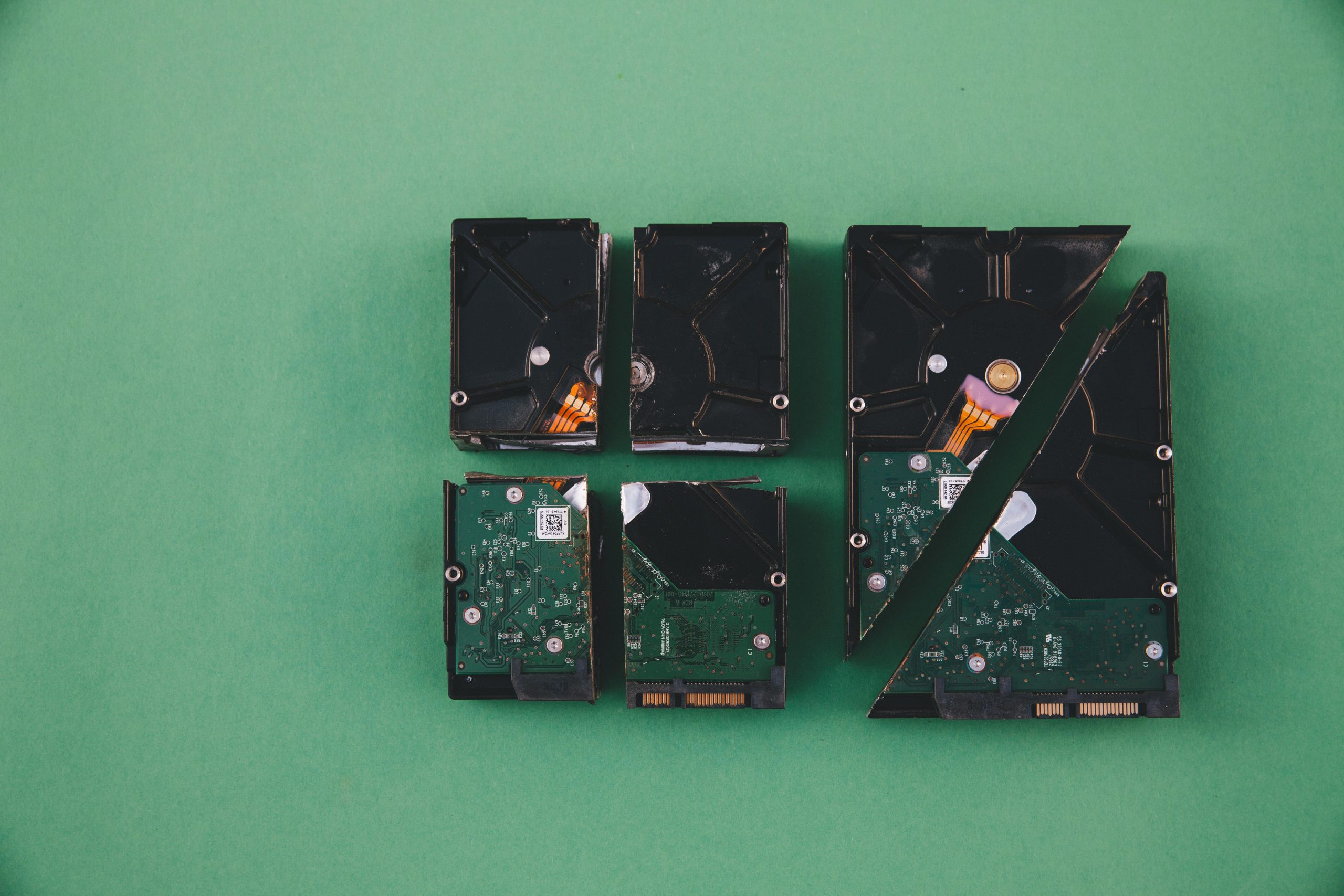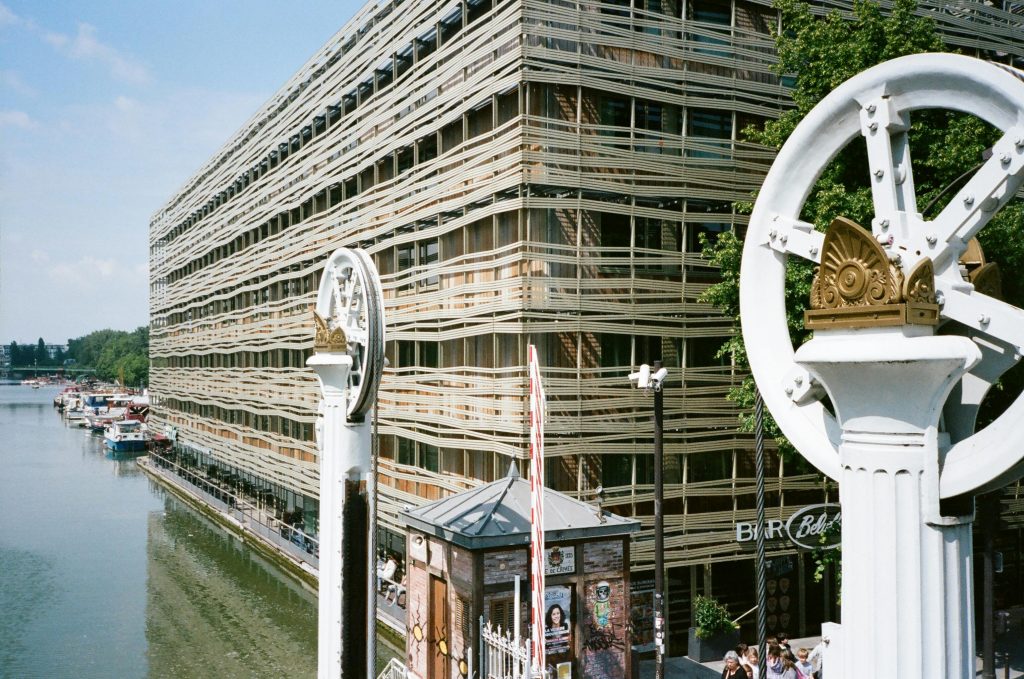Understanding and Resolving Boot and Explorer Issues Caused by HDD Failures
Introduction
Computer storage devices are critical components that influence the overall stability and performance of your PC. While SSDs have become the preferred choice for primary drives due to their speed, traditional HDDs still play a vital role for additional storage. However, failing or malfunctioning HDDs can lead to significant boot issues and system instability. This article explores common symptoms, potential causes, and troubleshooting steps to address problems related to HDD failure affecting Windows boot processes and Windows Explorer.
Case Overview
A user reported that their PC, equipped with an SSD as the primary drive and an older HDD for extra storage, experienced increasingly sluggish HDD performance. Warnings about the HDD nearing failure prompted the purchase of a new drive. Despite successfully installing a new HDD, the user encountered multiple issues:
- Cloning the old HDD to the new one was interrupted by a power outage during a disk cloning process.
- Post-interruption, the system failed to boot correctly, getting stuck on the Windows boot screen or the BIOS.
- Connecting the old HDD while the system was running caused Windows Explorer to crash and the disk to appear offline, with attempts to reactivate the disk leading to system instability.
Potential Causes
These issues often stem from common failure modes associated with HDDs:
-
Drive Failure: The old HDD may have deteriorated physically, leading to read/write errors, which compromised the cloning process and system stability.
-
Data Corruption during Cloning: Interruptions like power outages can leave disk images or partitions in inconsistent states, complicating boot processes.
-
Drive Letter Conflicts: Changing drive letters, especially from ‘A’ to ‘D,’ may interfere with Windows boot configuration if the system relies on specific drive mappings.
-
Hardware or Cable Issues: Loose or damaged cables can cause detection problems or data corruption.
Troubleshooting and Resolution Strategies
- Hardware Checks:
- Inspect SATA/Power cables for secure connections.
- Test the HDD in another port or system if possible to verify hardware integrity.
-
Replace cables if suspected to be faulty.
-
Drive Health Diagnostics:
- Use tools like CrystalDiskInfo, HD Tune, or manufacturer’s utilities to assess the health of each drive.
-
For drives showing errors or S.M.A.R.T. warnings, consider data recovery and replacement.
-
Data Recovery:
- If the old HDD contains important data, consult professional data recovery services before formatting or removing the drive
Share this content:



